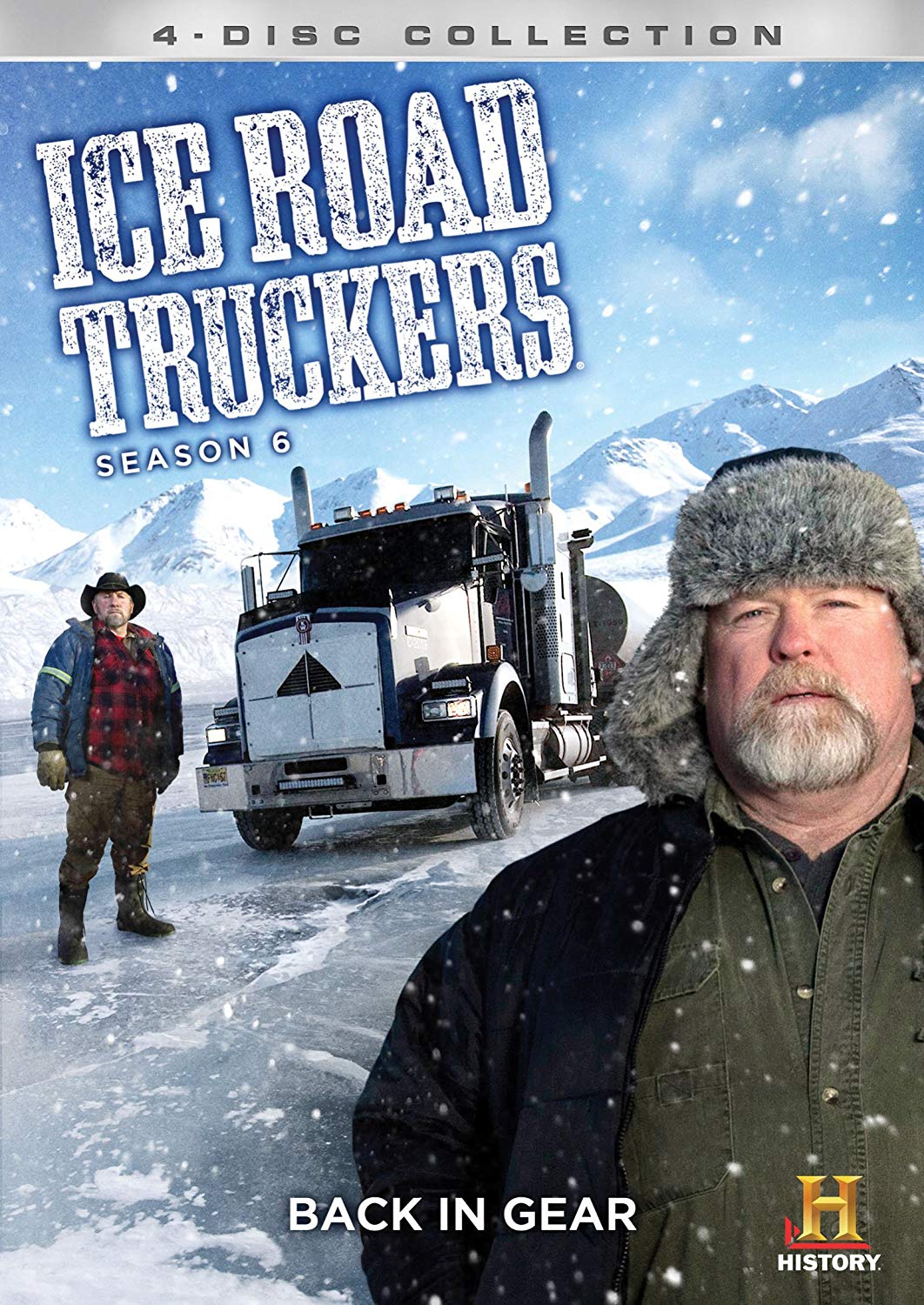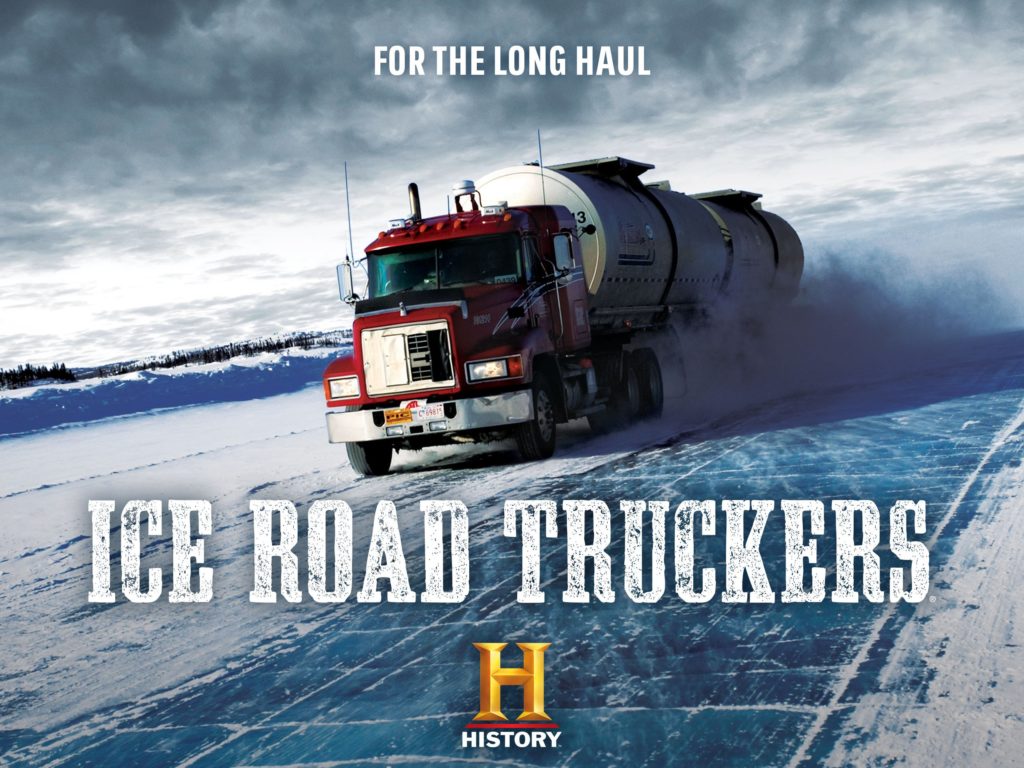Ice Road Truckers is an American reality TV series that made its debut on History Channel on 17 June 2007. It shows the activities of drivers in remote Arctic areas in Canada and Alaska. The drivers run trucks on seasonal roads crossing frozen lakes and rivers. Seasons 3 to 6 also included the enhanced but still inaccessible Dalton Highway in Alaska. The most recent seasons focus mainly on Manitoba’s winter roads. On November 9, 2017, the one season of the series began broadcasting.

Caption: Ice Road Truckers
Source: amazon
Also read LL Cool J Bio, Rachael Ray, Dr. Jeff Young
Ice Road Truckers: Airing and History
In 2000, as part of the Suicide Missions Show, History broadcast a 46-minute episode titled “Ice Road Truckers” Based on Edith Iglauer’s book Denison’s Ice Road, the episode details the dangerous job of driving trucks over frozen lakes in Canada’s Northwest Territories, also known as ice roads. In 2000, reruns of the documentary were airing, instead of as an episode of the series Modern Marvels. The Ice Road Truckers show has earned very good ratings under that banner.
In 2006, The History Channel hired Thom Beers, director of Original Productions and executive producer of Deadliest Catch to create a series based on the Ice Road. Shot in high definition, the series “charts two months in the lives of six remarkable people who bring vital supplies to diamond mines and other remote sites through frozen lakes that double as highways”. Although, the season ended before History HD was released in the United States.
Ice Road Truckers: Views
3.4 million viewers saw the debut of the show as becoming the most-watched original telecast in the 12-year history of the History Channel at the time. Between critics, New York Post’s Adam Buckman said, “All about ‘ Ice Road Truckers ‘ is incredible”.
The show aired in the UK, Australia and numerous countries in Africa during 2007. The opening of the show features a truck that crashes through the sea. The show did not portray all the tragic consequences. For instance, the show shot the opening of the show inside a studio. A rumor from season 1 that the sequence was filmed using a true truck and dynamite caused some dissatisfaction among the drivers.
Ice Road Truckers: Truckers
Debogorski, Rowland, Jessee, Hall, and Kelly continue driving Dalton Highway from Carlile this season. Debogorski had a good season, searching for troubled drivers on several occasions. Rowland spent the season trying to evade the Weigh Station Office for Transport. Some of the hardest loads had been sent to Jessee to take over some of the toughest roads. Kelly began the season with goals to accomplish: she wanted to try to carry heavier, heavier loads and driving a push-truck; she also wanted to save enough money to buy her horseback.
In the end, she accomplished both goals. Greg Boadwine, at the age of 27, starts his second season with Carlile. He started the second season after he finished his first season early due to his truck overthrow. He is thankful that his bosses gave him another opportunity. However, he also thinks he has a long way to go to recover their full confidence. Ray Veilleux owned his own construction business in Kalispell, Montana until the US housing industry crash caused him to struggle until he was 44. He signed on with Carlile and worked his way up from the duty to make ice road runs from the freight yard. Merv Gilbertson is a road trucker of the second generation, operating Fairbanks-based Big State Logistics. Gilbertson and his convoys make all the supply runs to Bettles shown this season except for one Carlile delivery by Jessee late in the season.
Ice Road Truckers: Salary
Ice road trucking is one of the sector’s best-paid jobs. On average, for the season, ice road truckers’ salary is between $20,000 and $80,000. The season length can vary depending on the weather. Northern climates can be temperamental, but typically the season is in line with anything Mother Nature has planned. The season typically starts in mid-January and lasts until mid-March. Several seasons can be as short as six weeks, while some may last for several months.




















